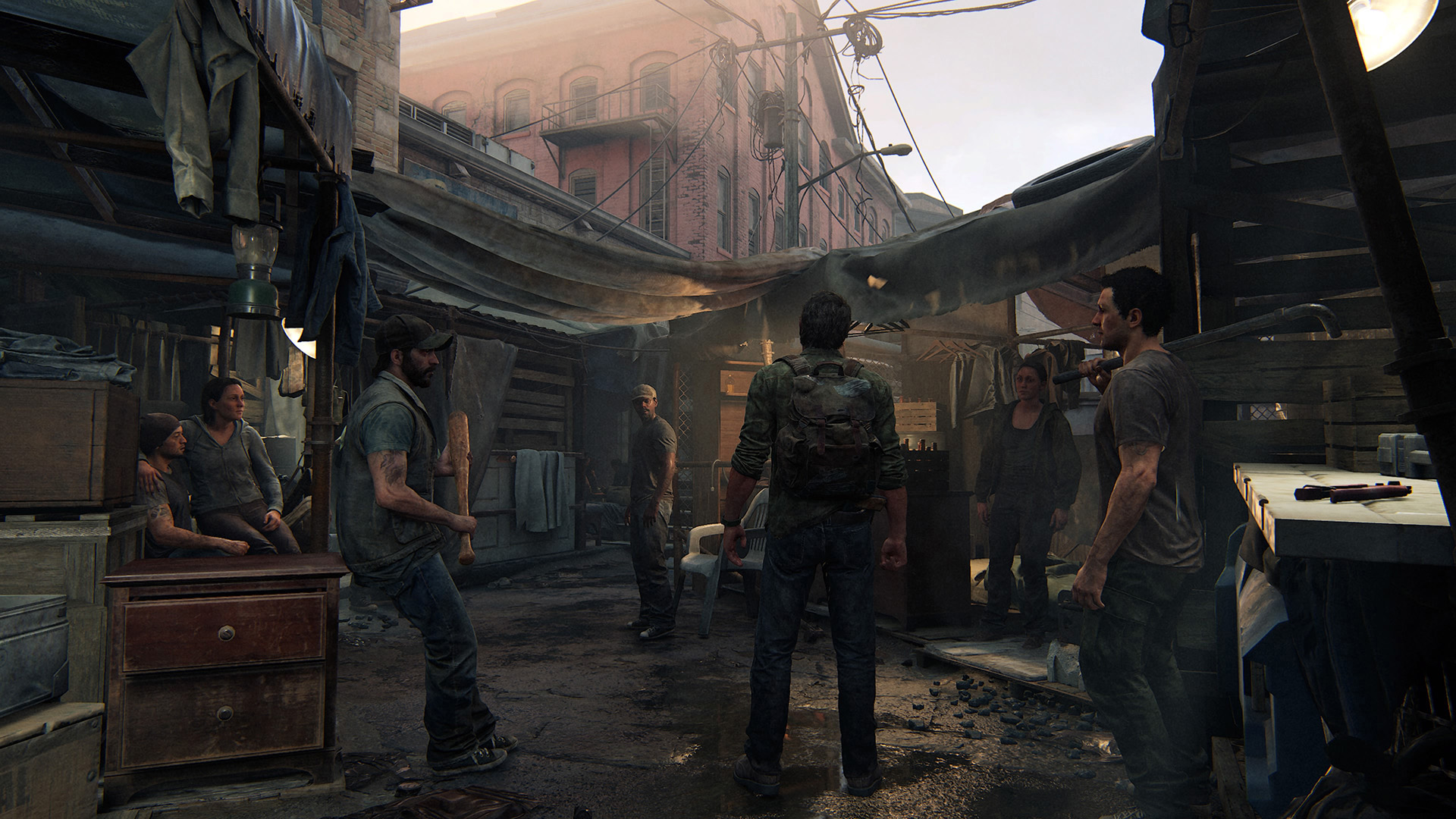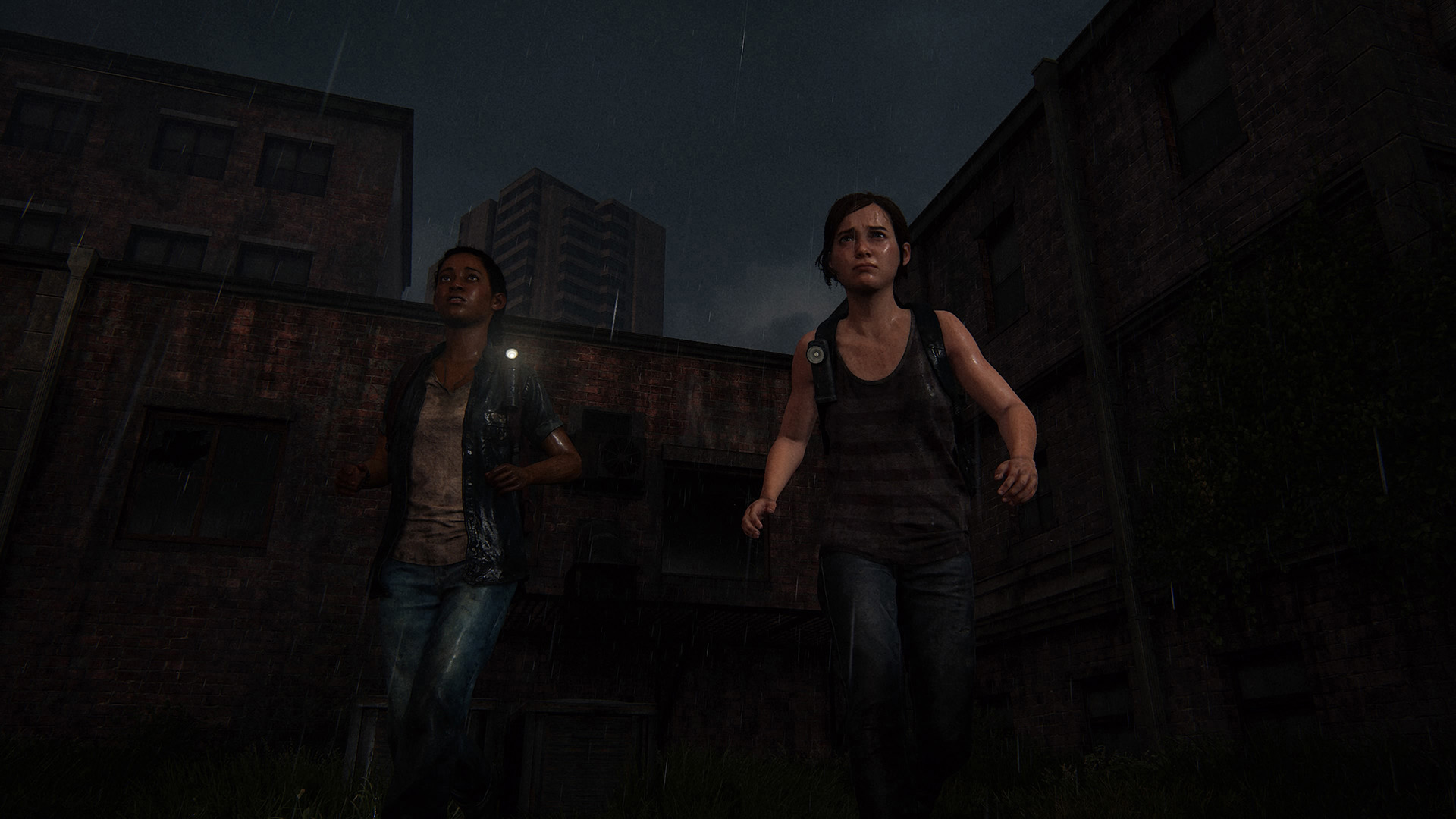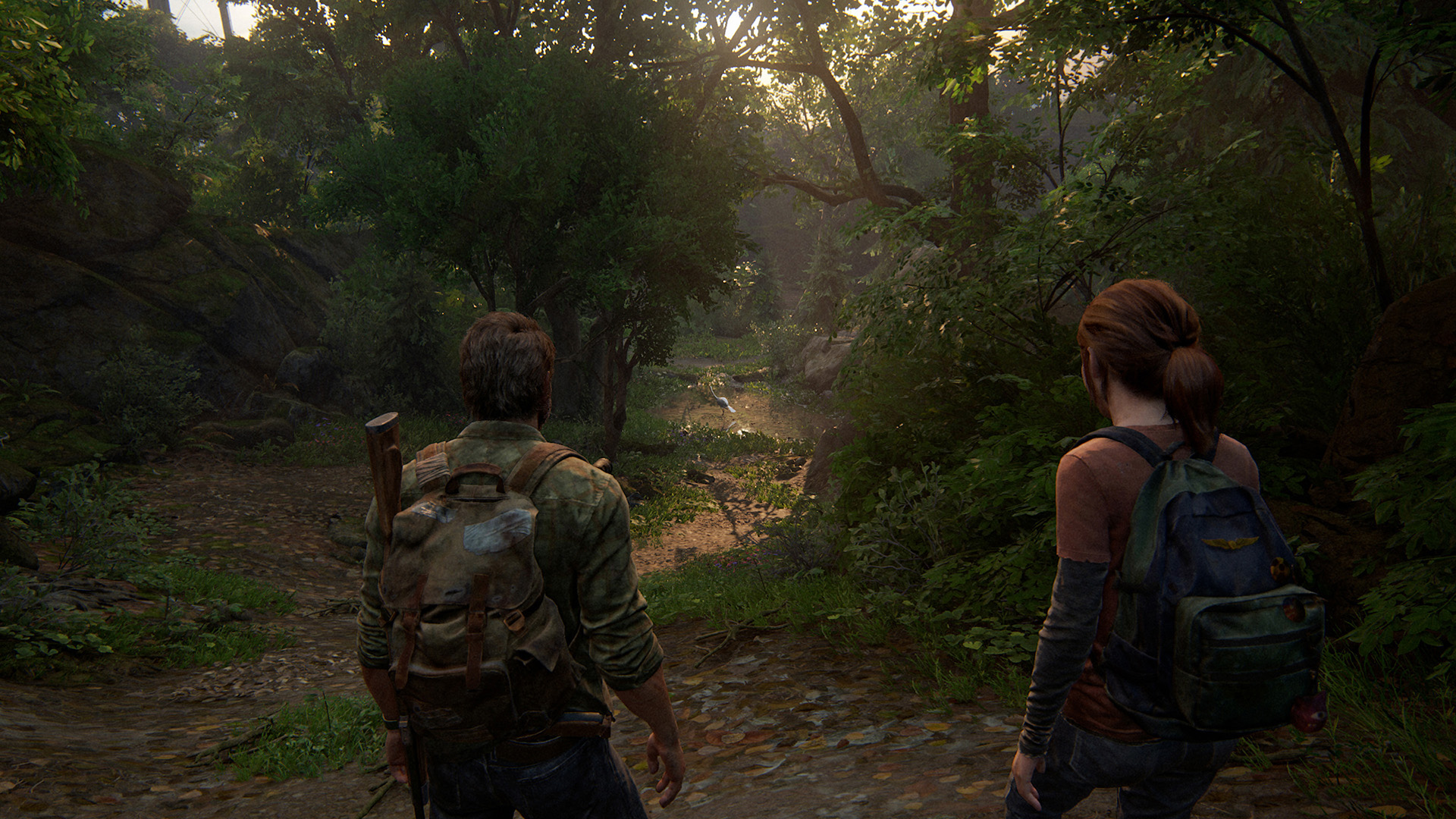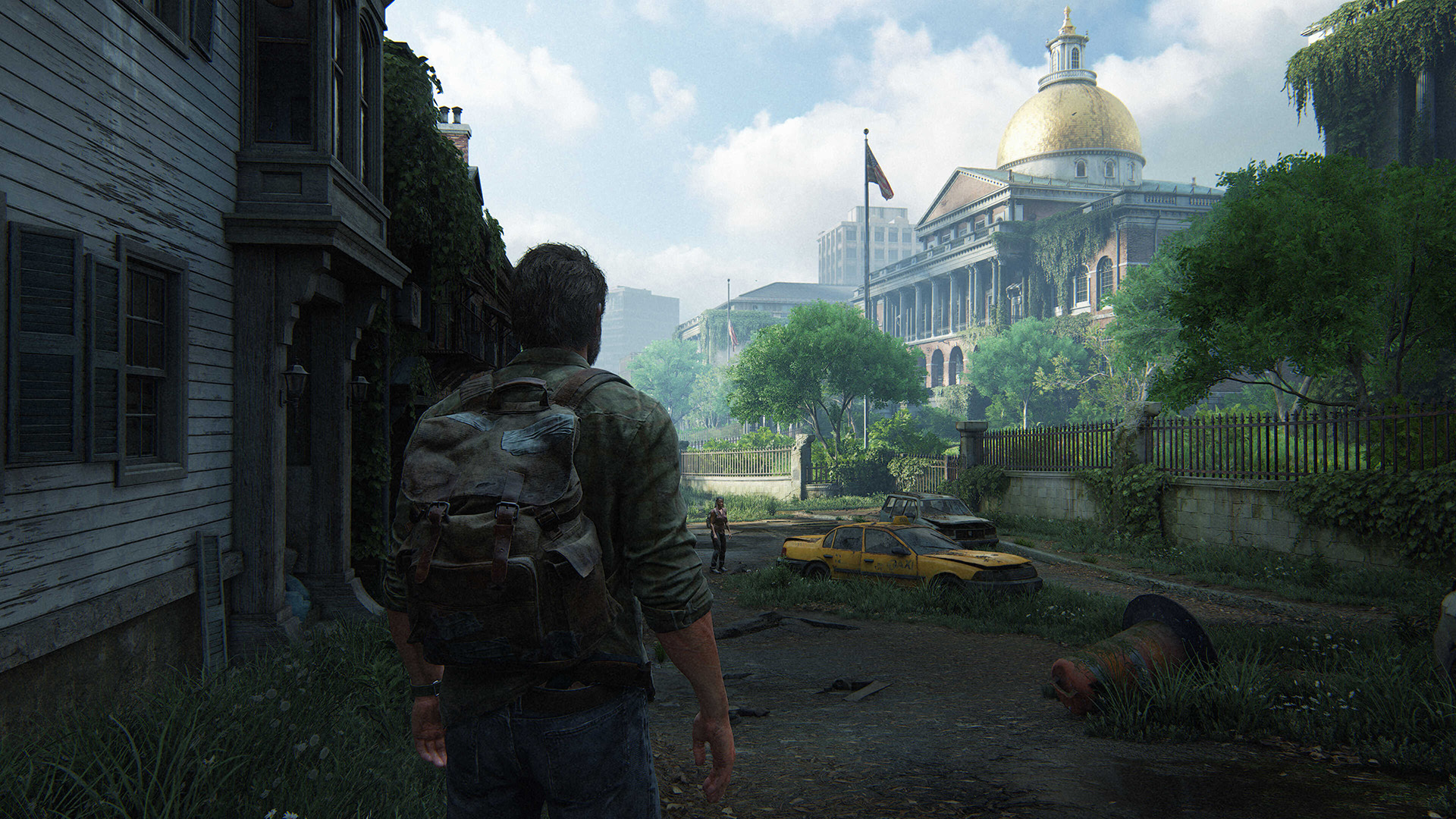It’s not news that The Last of Us Part 1’s (TLOU) PC launch hasn’t gone smoothly.
Bugs, glitches, VRAM allocation issues, overly-long shader compilation times and more have led to TLOU’s PC introduction coming about in possibly the worst possible way for Sony and developer Naughty Dog.
2023 has been a somewhat difficult year for PC gaming – excepting for those with top end systems – and unfortunately the launch of another seminal Playstation franchise on PC has been marred by technical issues. So while it has been fantastic to see Sony continue to commit to expanding their player base for their first party franchises across PC, more attention needs to be paid to the actual product released; the novelty of a Sony property outside of a Playstation console has worn off, and Sony needs to deliver the same as any other publisher.

This all said, Naughty Dog and PC port partner Iron Galaxy have seemed to have heard the message – and updates are coming thick and fast for TLOU.
These fixes, combined with driver updates from NVIDIA, have so far seemed to have rectified the most egregious bugs and issues that I was having with the game. That said, there seem to be some fundamental issues with the game that would perhaps require a deeper investment in re-architecting the game than might happen.
So what do you get with this PC release? Mostly, TLOU on PC is a direct analog of The Last of Us Part 1, released on Playstation 5 last year. While at the time it was a controversial release, the upgrades beyond the Playstation 3 original and even Playstation 4 (and Playstation 4 Pro) version of the games are immense, and truly bring TLOU up to par with modern game releases.
There’s new textures, lighting, and animation, an option for higher frame rates, improved enemy AI and more. All of these come across to the PC release, with the addition of PC niceties such as DLSS support, even higher frame rates, mouse and controller support (now fixed in a patch) and more. The Dualsense controllers and its unique features such as the adaptive triggers are supported, though USB though any other standard controller should work.

That said, the game doesn’t include any significant new graphical features such as how God of War included new settings for enhanced Ground Truth Ambient Occlusion and Screen Space Directional Occlusion.
Disappointingly, there’s no ray-tracing nor support nor really any other settings that scale above the Playstation 5 version. So this is less of a “take a console port and unlock it with increased PC horsepower” sort of release and more of expanding the player base and finally providing an option to PC players 10 years after TLOU’s original release.
I was pleased to see the return of a wide range of accessibility options to enable more people to engage with TLOU. This includes an impressive game difficulty menu that allows you to tweak variables such as pickup frequency and enemy damage, letting you customise your time with the game in a way that best suits you.

In terms of what you can expect from performance, this is where things start to get difficult to review. At launch, performance with TLOU was, frankly, atrocious.
Constant crashes, gloriously ugly textures at medium settings (required on GPUs with 8GB VRAM or less), 30 minute long shader compilation times even with a near top-of-the-line powerful Intel Core i7-13700KF, strange glitches and more led to an unplayable experience.
That said, with each patch that the game has received has brought the experience closer to what we might have originally expected. Still, there’s a way to go before it’s truly recommendable for players not on top of the line hardware, and the game seems unreasonably heavy in many areas, particularly on CPU resources. Patches seem to be coming fairly regularly at this point, so keep an eye out for patch notes that might address some of the issues I’ve mentioned here.

Luckily, there is an alternative. The Playstation 5 release is excellent and if you don’t mind using a controller, it remains a fantastic way to play the game, especially if you don’t have a top end PC. In some ways it’s even better, with loading times being exceptionally quick on Sony’s console even compared to a PCIe 4 NVMe SSD paired with a modern, fast CPU.
This TLOU port is a hard one to summarise.
The base game of The Last of Us and its expansion Left Behind remain excellent, even if some of the game design conceits are starting to show their age.
The storytelling is as fantastic as always, and if you haven’t owned a Playstation 3, 4 or 5 then this port is the only way to get a native experience outside of Sony’s consoles. But it remains a technically challenged title at present, and is thus difficult to recommend, with the exception of people with PC systems that can power through any deficiencies in the codebase.
So treat it with caution, and go in with the right expectations if you purchase it now. There’s an excellent game here, one that is ready and waiting, whenever the port itself shapes up.

Released: March 2023
Rating: R16
Platforms reviewed: PC
Genre: Action
Developer: Naughty Dog
Publisher: Sony

